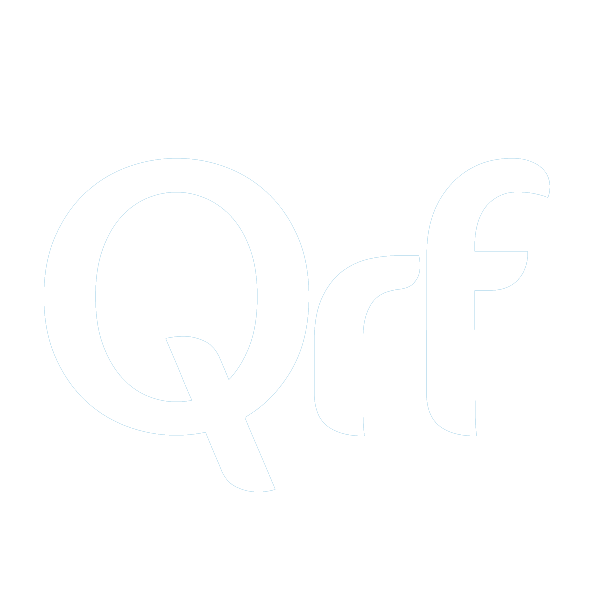Strategy
Qrf is a listed REIT (Real Estate Investment Trust) that invests in commercial real estate in inner cities in Belgium and the Netherlands
Asset class and investment strategy
Qrf’s sharpened focus is on high-quality real estate in a limited number of important central cities in Belgium and the Netherlands. In addition, Qrf is no longer limited invest in retail real estate, but is looking for additional diversification of its assets in leisure real estate, in line with changes in consumer spending.
With this, Qrf focuses on alignment with free disposal income of consumers and aims to build a real estate portfolio that reflects the current and future spending patterns of residents, tourists and day visitors to central cities in Belgium and The Netherlands.
Over the past ten years, consumer spending has changed so much that a solitary focus on retail property does not provide the necessary protection against long-term market developments.
In the past, the lion’s share of freely disposable income (excluding vital or sustainable “white goods”) went to physical shopping. The range of shops (retail) has changed enormously in the past twenty years: from local small businesses to large international chains. However, today the market teaches us that the shuttle has gone the other way: a saturation of the inner-city shopping area has manifested itself since 2016. In addition, a larger share of online purchases has been registered in Belgium in recent years, a trend that will continue for several years to stabilize on an omnichannel model where retailers integrate both channels (traditional shops and e-commerce) in order to achieve a respond to today’s economic, environmental and social challenges.
Retail real estate remains an important investment market for Qrf. However, Qrf applies stricter investment criteria with regard to existing and new investments in retail properties. Strict criteria are applied with regard to the city; the location within the shopping area; the physical structure of the store as well as with regard to the valuation based on a sustainable rental level and conservative return.
With regard to the existing portfolio, the focus is on protecting the Core locations and opportunistic divestments of Non-Core locations, if future downside risks are identified at these locations.
In addition, and on the basis of the aforementioned strategy, Qrf aims to have a real estate portfolio that diversifies between retail and leisure real estate.
Financing Strategy
Qrf has established a financing strategy in accordance with the following principles:
- Qrf aims for a Debt Ratio of approximately 50%, although the maximum permitted Debt Ratio is 65% according to the law of 12 May 2014 on Regulated Real Estate Companies;
- Qrf pursues an active hedging policy, which is always based on conservative assessments of long-term risks of interest rate fluctuations
Development Strategy
Qrf recognizes that an important pillar to create added value within the real estate portfolio is asset redevelopment. The redevelopment option can be a driver of added value both within the existing real estate portfolio for underutilized real estate as well as when making new investment decisions.
In the past, Qrf never acquired active knowledge to realize development projects. That is why, in the short term, management chooses to realize existing development projects through joint ventures.
Given the importance of such competence, it might be possible in the long term, based on the opportunities in the existing portfolio or new assets, to attract and build the competences necessary to manage developments efficiently.

